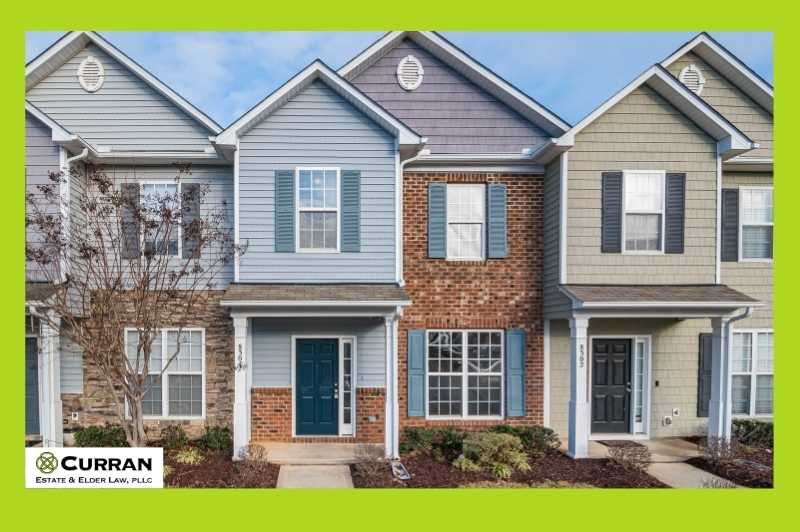
A reverse mortgage lets seniors borrow against their home equity. Home equity conversion mortgages (HECMs) are the most common type of reverse mortgage and are available to homeowners 62 and older. Rather than the borrower making monthly payments as with a mortgage, the borrower receives monthly payments from their mortgage lender. Many seniors find themselves cash poor but have significant equity in their home, which can be accessed by obtaining a reverse mortgage.
Yahoo Finance’s recent article, “How do you pay back a reverse mortgage?” says that the mortgage lender makes monthly payments to you, so they can have the house after you pass away. However, reverse mortgage borrowers or their heirs can also repay the debt.
A reverse mortgage must be repaid in full if the last surviving borrower or eligible non-borrowing spouse passes away, sells the home, or no longer lives in the home as their primary residence. The previous situation can happen if the borrower enters an assisted living facility, moves in with family, or downsizes. However, there are other situations when the loan could need to be repaid sooner, such as if the borrower stops paying homeowners insurance or property taxes on the home or maintaining the home, and it falls into disrepair.
Some ways to pay back a reverse mortgage early or when it comes due include:
If the last surviving borrower or eligible non-borrowing spouse on a reverse mortgage loan dies, the estate and heirs must repay the debt.
Reference: Yahoo Finance (June 19, 2023) “How do you pay back a reverse mortgage?”
Free E-Newsletter – Subscribe Now
